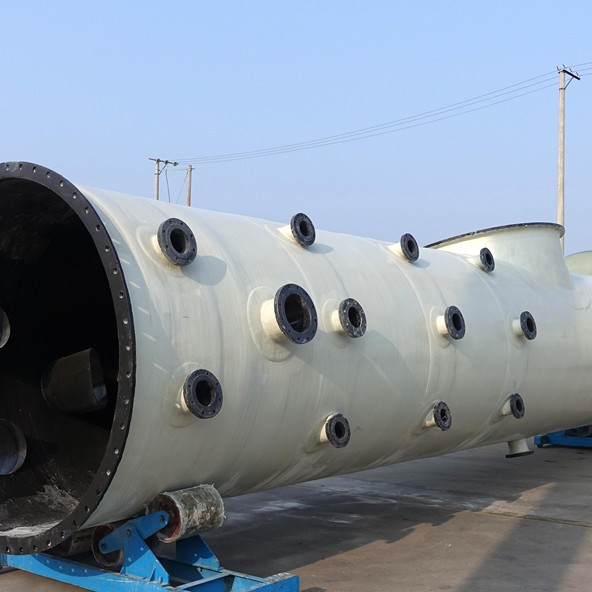
-
 Afrikaans
Afrikaans -
 Albanian
Albanian -
 Amharic
Amharic -
 Arabic
Arabic -
 Armenian
Armenian -
 Azerbaijani
Azerbaijani -
 Basque
Basque -
 Belarusian
Belarusian -
 Bengali
Bengali -
 Bosnian
Bosnian -
 Bulgarian
Bulgarian -
 Catalan
Catalan -
 Cebuano
Cebuano -
 China
China -
 China (Taiwan)
China (Taiwan) -
 Corsican
Corsican -
 Croatian
Croatian -
 Czech
Czech -
 Danish
Danish -
 Dutch
Dutch -
 English
English -
 Esperanto
Esperanto -
 Estonian
Estonian -
 Finnish
Finnish -
 French
French -
 Frisian
Frisian -
 Galician
Galician -
 Georgian
Georgian -
 German
German -
 Greek
Greek -
 Gujarati
Gujarati -
 Haitian Creole
Haitian Creole -
 hausa
hausa -
 hawaiian
hawaiian -
 Hebrew
Hebrew -
 Hindi
Hindi -
 Miao
Miao -
 Hungarian
Hungarian -
 Icelandic
Icelandic -
 igbo
igbo -
 Indonesian
Indonesian -
 irish
irish -
 Italian
Italian -
 Japanese
Japanese -
 Javanese
Javanese -
 Kannada
Kannada -
 kazakh
kazakh -
 Khmer
Khmer -
 Rwandese
Rwandese -
 Korean
Korean -
 Kurdish
Kurdish -
 Kyrgyz
Kyrgyz -
 Lao
Lao -
 Latin
Latin -
 Latvian
Latvian -
 Lithuanian
Lithuanian -
 Luxembourgish
Luxembourgish -
 Macedonian
Macedonian -
 Malgashi
Malgashi -
 Malay
Malay -
 Malayalam
Malayalam -
 Maltese
Maltese -
 Maori
Maori -
 Marathi
Marathi -
 Mongolian
Mongolian -
 Myanmar
Myanmar -
 Nepali
Nepali -
 Norwegian
Norwegian -
 Norwegian
Norwegian -
 Occitan
Occitan -
 Pashto
Pashto -
 Persian
Persian -
 Polish
Polish -
 Portuguese
Portuguese -
 Punjabi
Punjabi -
 Romanian
Romanian -
 Russian
Russian -
 Samoan
Samoan -
 Scottish Gaelic
Scottish Gaelic -
 Serbian
Serbian -
 Sesotho
Sesotho -
 Shona
Shona -
 Sindhi
Sindhi -
 Sinhala
Sinhala -
 Slovak
Slovak -
 Slovenian
Slovenian -
 Somali
Somali -
 Spanish
Spanish -
 Sundanese
Sundanese -
 Swahili
Swahili -
 Swedish
Swedish -
 Tagalog
Tagalog -
 Tajik
Tajik -
 Tamil
Tamil -
 Tatar
Tatar -
 Telugu
Telugu -
 Thai
Thai -
 Turkish
Turkish -
 Turkmen
Turkmen -
 Ukrainian
Ukrainian -
 Urdu
Urdu -
 Uighur
Uighur -
 Uzbek
Uzbek -
 Vietnamese
Vietnamese -
 Welsh
Welsh -
 Bantu
Bantu -
 Yiddish
Yiddish -
 Yoruba
Yoruba -
 Zulu
Zulu
Innovative Fiberglass Hoods for Enhanced Performance and Style in Automotive Design
The Aesthetics and Functionality of Fiberglass Hoods
In the realm of automotive customization and performance enhancement, fiberglass hoods have become increasingly popular among car enthusiasts and professionals alike. These hoods are not only visually appealing but also offer a range of benefits that can significantly improve a vehicle's performance.
Fiberglass, a composite material made from fine glass fibers, is known for its lightweight and durable properties. When applied to automotive hoods, it provides a significant reduction in weight compared to traditional metal hoods. This weight reduction is crucial for enhancing a vehicle's performance, as it contributes to better acceleration, improved fuel efficiency, and superior handling. In racing and high-performance applications, every ounce matters, and fiberglass hoods help shave off those crucial pounds.
Aesthetic appeal is another compelling reason why many vehicle owners opt for fiberglass hoods. They come in a variety of styles and designs that can dramatically change the overall look of a vehicle. From sleek, aerodynamic shapes to more aggressive, sporty designs, fiberglass hoods can cater to a wide range of tastes and preferences. Many aftermarket manufacturers offer custom options, allowing enthusiasts to create a unique look that reflects their personality and passion for their vehicles.
fiberglass hood

Moreover, fiberglass hoods can often be fitted with vents and scoops, which serve a dual purpose. These features not only enhance the visual impact of the hood but also improve engine cooling by allowing heat and moisture to escape. Proper ventilation is crucial for performance vehicles, as it helps maintain optimal engine temperatures, thus preventing overheating and potential damage. The ability to customize these features further sets fiberglass hoods apart from traditional options.
Installation of fiberglass hoods is typically straightforward, as they are designed to fit most vehicle models with minimal modifications. However, it is essential to ensure proper alignment and fitment during installation to prevent issues such as misalignment or vibration at high speeds. Many enthusiasts choose to have their hoods professionally installed to ensure the best outcome.
Care and maintenance of fiberglass hoods are relatively simple but require some attention. Unlike metal, fiberglass is less prone to rust but can be susceptible to scratches and UV damage. Regular cleaning and the application of protective coatings can help maintain its appearance and longevity. Additionally, ensuring that the hood is properly supported and installed can prevent stress fractures that may occur over time.
In conclusion, fiberglass hoods represent an intersection of style, functionality, and performance. They offer car enthusiasts the opportunity to enhance their vehicles visually and mechanically. With their lightweight construction, potential for customization, and improved thermal management, fiberglass hoods are an excellent choice for anyone looking to elevate their vehicle's capabilities and aesthetics. As automotive technology continues to evolve, the popularity of fiberglass hoods will likely remain strong among those who seek both beauty and performance on the road.
Latest news
-
FRP Hood Durable & Lightweight Fiberglass Hood SolutionsNewsApr.29,2025
-
Heavy-Duty Jackhammers for Construction Work Powerful & Portable Electric Demolition ToolsNewsApr.29,2025
-
High-Strength Fiberglass Flanges FRP Blind & Custom Flange SolutionsNewsApr.28,2025
-
Fiberglass Pipe Flanges High-Pressure & Corrosion-Resistant SolutionsNewsApr.28,2025
-
FRP Fuel Tanks Durable Fiberglass & PP Composite Fuel Storage SolutionsNewsApr.28,2025
-
FRP Trough Covers Durable Industrial Protective SolutionsNewsApr.28,2025









